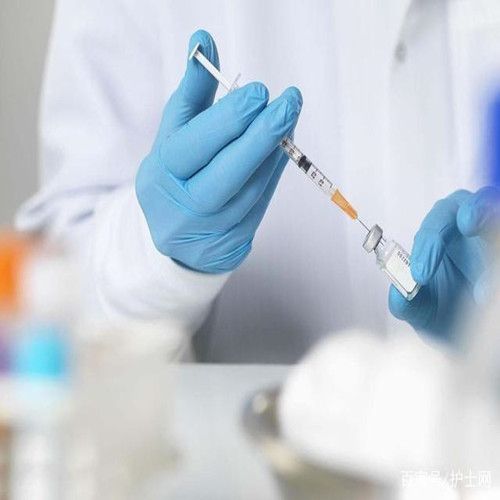Being carried out in a few days ago, the department early succession, when
a family member made with the patient came to the room, succession relatives
uncovered the patient's belly, see around navel appeared a lot of block sizes
ecchymosis, family members challenged nurses and doctors: "last time when I come
to see my mother, belly or smooth, how a few days later, flowers like this?" ,
as a cardiology nurses and doctors, see this situation, has long known. To
prevent family members and patients from making a scene that would affect the
department's work, the head nurse took the two to the duty room and explained
the cause of the petechiae. Often can be used in patients with heart, with an
anticoagulant, low molecular heparin, used to prevent the formation of blood
clots, but the anticoagulant is will bring bad effects to the injection site
will appear ecchymosis, induration or hematoma, this can let patients form the
psychology of anxiety, and even cause dissatisfaction with the nurse work, so as
to cause the contradiction between nurses and patients.

The author found that when nurses injected LMWH, some improper operations
did aggravate the formation of ecchymosis and hematoma, such as not holding up
the skin during injection, injecting the drug solution too fast, or not pressing
properly after pulling out the needle. Through consulting the data and
literature, combined with clinical experience, the author summarized some
injection techniques and methods, for the reference of all nursing
colleagues.
1. Injection site:
The upper and lower boundaries were 5cm above the umbilicus and 5cm below
the umbilicus, and the middle line of the clavicle was 5cm inside and outside
(1-2cm around the umbilicus was avoided). Alternating injection from left to
right; 2 injection points 2cm apart; Avoid skin breaks, scars and spots or moles
during injection.
2. Injection method:
(1) vertical injection: lift the skin at a distance of 5-6cm between the
thumb and forefinger of the left hand, and insert the needle with a pen in the
right hand. The skin should not be loosened during the injection to prevent
bleeding caused by different internal and external puncture points.
(2) the insertion depth is generally 0, 8-1 and 2cm, and the insertion
depth is determined according to the subcutaneous fat thickness.
(3) push the air injection so that the air is stored at the needle and
nipple to seal the liquid.
3. Drug pushing speed:
Slow continuous injection, generally 4-5s is appropriate, too fast to make
the subcutaneous liquid concentration is too high, can stimulate capillaries; If
the needle is too slow, it will stay in the subcutaneous tissue for a long time,
leading to local spasm and pain.
4. After the injection, stay for about 5s and wait for the basic diffusion
of the drug solution to avoid excessive retention of the drug solution on the
tip; Draw back the piston, avoid leaving liquid in the needle cavity with the
needle tip into the eye of the needle, and quickly remove the needle.
5. Pressing method: after the needle is removed vertically, the cotton swab
shall be pressed vertically. The stressed area is small and the pressure is
concentrated, reducing the bleeding.
These techniques are very detailed. Our department has promoted and used
the improved methods, and achieved good results indeed. As long as the nurses
pay more attention to their daily operations, the dissatisfaction and complaints
of patients will be reduced, the quality of care will be improved, and the
relationship between nurses and patients will be more harmonious.